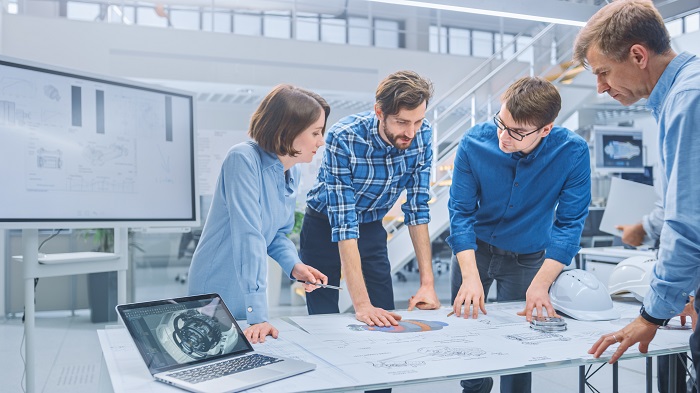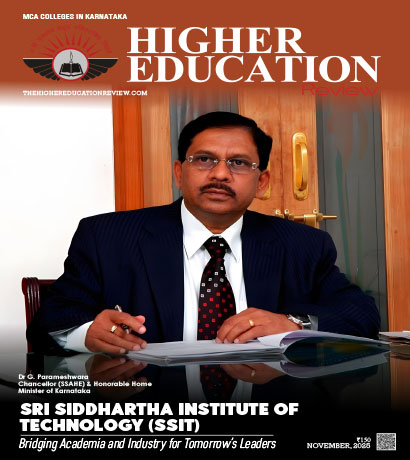New Technologies Used Today For Product Development

Technology never hesitates or stops, it continues to grow and evolve in various aspects of our
lives. Technology goes through a continuous cycle of bringing new products to the consumers
through the latest advancements. This is one of the reasons why entrepreneurs and businessmen don't run out of new product ideas.
The product development process helps to create innovative products. New ideas are a must to keep customers coming back for more. During the product development process, an essential step is to confirm that your product is technically feasible for manufacturing. This requires checking by a team of professionals. The New Product development team puts your new products under scrutiny by professionals who specialize in the relevant field. Generally,
scientists understand that the product needs to be viable. They analyze the product's associated challenges, costs, and completion time-frame.
Since technology has revolutionized our lives in so many ways, we can't always keep track of the improvements it has brought to humanity. The following are some new technologies that have emerged in recent years and help to boost product development.
3D Printing
Among the many aspects of product creation, product developers prioritize cost-effectiveness
and cost minimization. Along with cost-effectiveness, design and execution flexibility gives
businesses an edge in today’s highly competitive markets. Unfortunately, traditional product
design processes and techniques are lagging behind in these aspects.
To keep up with the fast-changing times, 3D printing technology can improve product
development by saving the time allocated to prototyping. 3D printing also boosts team
collaboration. Basically, 3D printing technology pertains to a spectrum of technologies that aims to create real-life, three-dimensional visual figures projected in computers.
Through 3D printing, developers quickly make functional prototypes of their product, change
shapes, sizes, and proportions, and evaluate them based on their intended concepts. This saves time and money during the production process, and provides the required flexibility to the product development cycle.
Virtual and Augmented Reality
Next on this list is virtual and augmented reality. We have some idea of VR and AR from
personal experience. Here are some differences between VR and AR:
â— Virtual reality: It’s a full immersion experience that completely removes you from the
outside world and takes you into a virtual world.
â— Augmented reality: Utilizes your real-world and adds virtual elements for an augmented
experience. They are usually viewed live in smartphones and cameras.
Although virtual and augmented reality are associated only with gaming and technology-focused industries, these technologies are revolutionary and apply to the product creation and
development processes as well.
How do VR and AR work to support your product development? In collaboration with 3D
printing, product developers can test out their products virtually. This means that they don't have to produce an actual, tangible product. With the help of this innovation, you can improve the ergonomic design and usability of the product based on the insights gathered during the visual prototyping.
Internet of Things (IoT)
As you may be aware, the smart gadgets and appliances at our homes, such as smart TV,
smartphone, and wearables, can "communicate" with one another. For this, they use a technology known as the Internet of Things (IoT). In simple terms, IoT comprises a network of connected devices programmed to collect, analyze, and act according to the information.
Since IoT collectively deals with data and information, utilizing this in continuous product
development can significantly improve the utility of the product. IoT may help to determine the
product details and specifications that better fit consumer needs based on the gathered data. All the technology that consumers use, such as sensors, software, hardware and antennae, are connected to one another. They have their own ability to look after themselves, control and adjust responses based on changes, find the optimal necessary output, and operate independently.
Once all this information accumulates into your database, you can analyze them to see what
improvements your products need. However, the biggest challenge you’ll face is information
overload. It’s a struggle to identify the right information to incorporate into your product
research. The next advancement that developers should focus on is how to harness the IoT
appropriately.
CAD and Multi-CAD
Since its introduction in the 1950s, computer-aided design (CAD) has changed the way humanity views computers. The CAD technology helps us to create designs that we thought only human hands could draw. This technology has contributed so much to product development, particularly at the stage of product design. Product designers utilize different CAD software and applications, such as alternative parametric modelers, SolidWorks, Freeware, and surface modelers. With the aid of these applications, you can create and draft your ideal designs in computers with increased efficiency and less wastage.
Many are familiar with CAD, but have you ever heard of the more recent technology, an
upgraded version of CAD, the multi-CAD? With the multi-computer-aided design, product designers can work on product designs across different platforms and devices.
In multi-CAD technology, you won't need the permission of the original CAD system and can proceed to transfer your data from typical CAD applications into your team's software suite. This capacity allows you to finish designs faster, more efficiently, and in a cost-effective manner. This is because you can incorporate CAD programs as if they naturally exist in your new reality.
Final Word
With the help of technology, innovative products will continue to be created. Businesses
continuously endeavor to improve their products by using the latest technological
advancements. Some of these technologies are 3D printing, VR & AR, IoT, CAD and multi-CAD. However, this is obviously not the end. New technologies will keep on coming and new products will continue to amaze us.

